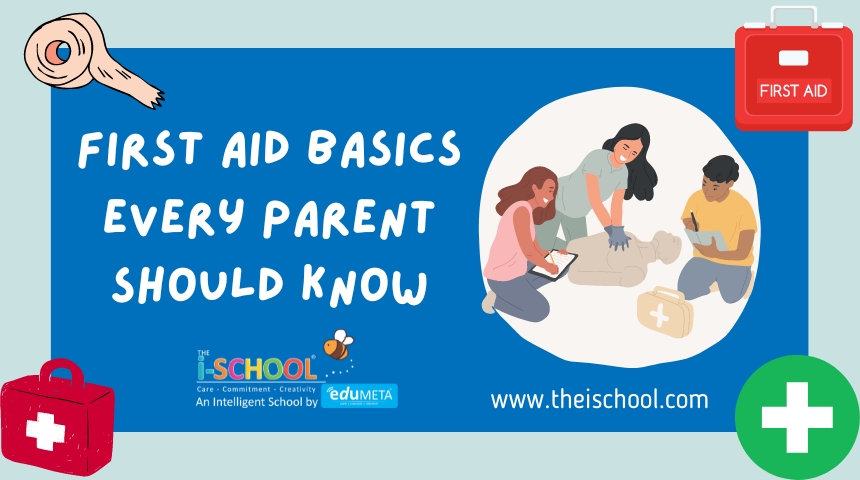First Aid Basics Every Parent Should Know

As a parent, knowing the basics of first aid can be invaluable in handling common childhood injuries and emergencies. Whether it’s a scraped knee, a burn, or a more serious situation, being prepared to provide immediate care can make a significant difference in your child’s well-being. Here are some essential first aid basics every parent should know to confidently handle emergencies at home:
1. Treating Cuts and Scrapes
Clean the Wound
- Rinse the cut or scrape with cool water to remove dirt and debris.
- Gently pat the area dry with a clean cloth or sterile gauze.
Apply Antiseptic
- Apply an antiseptic solution or cream to prevent infection.
- Cover the wound with a sterile adhesive bandage or dressing.
Watch for Signs of Infection
- Keep an eye on the wound for signs of infection, such as redness, swelling, or pus.
- Seek medical attention if the wound doesn’t heal or shows signs of infection.
2. Dealing with Burns
Cool the Burn
- Immediately run cool (not cold) water over the burn for several minutes to reduce pain and swelling.
- Remove any clothing or jewelry from the burned area, unless it’s stuck to the skin.
Protect the Burn
- Cover the burn with a sterile gauze bandage or clean cloth.
- Avoid applying butter, oil, or ice to the burn, as these can further damage the skin.
Seek Medical Help
- Seek medical attention for burns that are larger than a quarter, involve the face, hands, feet, or genitals, or are caused by chemicals or electricity.
3. Managing Choking
Assess the Situation
- Determine if the child is choking by asking if they can speak, cough, or breathe.
- If the child is unable to breathe or speak, act quickly.
Perform the Heimlich Maneuver (For Children Over 1 Year)
- Stand behind the child and wrap your arms around their waist.
- Make a fist with one hand and place it above the child’s navel, thumb side in.
- Grasp your fist with your other hand and give quick, upward thrusts into the abdomen.
Call for Help
- If the child becomes unconscious, call emergency services immediately and begin CPR.
4. CPR (Cardiopulmonary Resuscitation)
Check for Responsiveness
- Tap the child’s shoulder and shout their name to check for responsiveness.
- If they don’t respond, call emergency services and begin CPR.
Perform Chest Compressions (For Children Over 1 Year)
- Place the child on a firm, flat surface.
- Place the heel of one hand on the center of the child’s chest (just below the nipple line).
- Perform chest compressions at a rate of about 100-120 compressions per minute, allowing the chest to fully recoil between compressions.
Give Rescue Breaths
- Tilt the child’s head back and lift their chin to open the airway.
- Pinch the child’s nose shut and give two rescue breaths, watching for chest rise.
- Continue cycles of chest compressions and rescue breaths until help arrives or the child starts breathing on their own.
5. Recognizing Allergic Reactions
Identify Symptoms
- Be aware of common signs of allergic reactions, such as hives, swelling, difficulty breathing, or vomiting.
- Ask if the child has known allergies or has been exposed to potential allergens.
Administer Medication (If Available)
- If the child has a prescribed epinephrine auto-injector (EpiPen), administer it according to the instructions provided.
- Seek medical attention immediately, even if symptoms improve after using the auto-injector.
Conclusion
Knowing the basics of first aid empowers parents to respond effectively to common childhood injuries and emergencies. By being prepared to clean and dress wounds, cool burns, manage choking incidents, perform CPR, and recognize allergic reactions, parents can provide immediate care and potentially save lives. While these tips cover essential first aid skills, it’s also important to enroll in a certified first aid course to gain hands-on training and certification in lifesaving techniques. Remember, being prepared is key to handling emergencies with confidence and ensuring the safety and well-being of your child.
